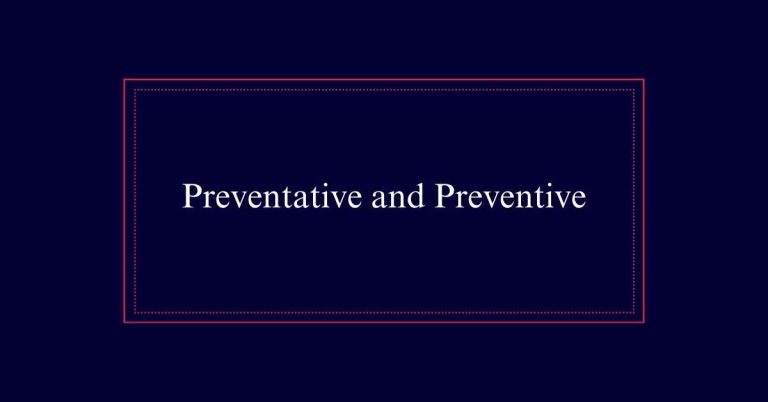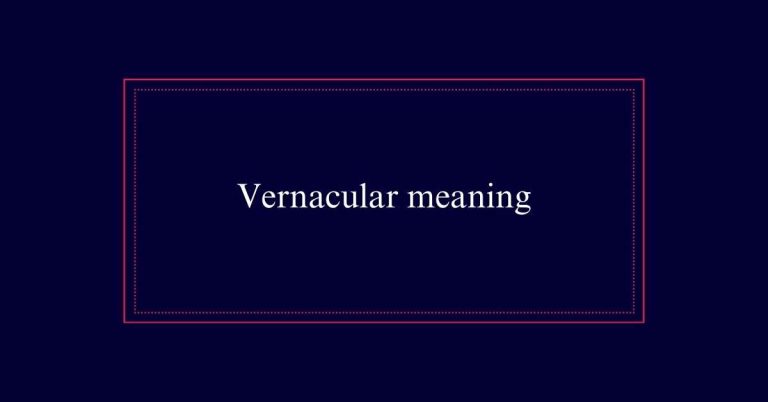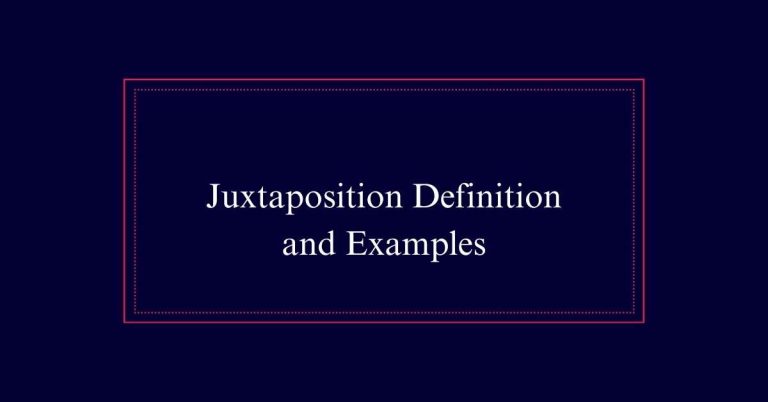Hyphen With Compound Modifiers
Using hyphens with compound modifiers simplifies communication and enhances clarity. A compound modifier, when two words function together as an adjective before a noun, often needs a hyphen. Consider ‘quick-witted boy’ or ‘rock-hard cake’ as correct examples. Hyphens prevent ambiguity and guarantee that the sentence conveys the intended meaning effectively.
Consistency in hyphenation is vital to maintain a professional appearance in any writing. Misuse or inconsistent use of hyphens can confuse readers and disrupt the text’s flow.
Defining Compound Modifiers
Compound modifiers are pairs of words connected by a hyphen that function together as a single adjective. These combinations clarify the function of the words, ensuring the reader understands the intended meaning.
For example, in ‘quick-witted boy,’ the hyphen connects ‘quick’ and ‘witted’ to describe the boy’s cleverness. Without the hyphen, the sentence might become confusing or ambiguous. The hyphen acts as a bridge, making it clear that the two words should be read together.
Therefore, compound modifiers improve clarity and precision in writing. They can also be composed of nouns, such as ‘rock-hard cake,’ where both words jointly describe the cake’s texture. The hyphen is necessary to avoid misinterpretation.
Role of Hyphens
The role of hyphens in compound modifiers is to prevent ambiguity and guarantee clarity in writing. Hyphens connect two words to form a single adjective modifying a noun. This linkage ensures that the reader understands the combined meaning of the words.
For instance, in ‘quick-witted boy,’ the hyphen clarifies that the boy is quick-witted, not just quick and witted separately. By using hyphens correctly, writers can avoid confusion and enhance the readability of their text. This is important in professional writing, where precision is key.
Hyphens also help distinguish compound modifiers from individual modifiers or nouns, ensuring that the intended meaning is conveyed accurately and effectively.
Preventing Sentence Ambiguity
Proper hyphenation is essential for preventing sentence ambiguity. By connecting words with hyphens, writers make their meaning clear. For example, without a hyphen, ‘small business owner’ can be misunderstood. Is it a small owner of a business, or an owner of a small business? A hyphen in ‘small-business owner’ eliminates this confusion.
Hyphens group words together to act as a single adjective, clarifying their function. They guarantee that readers understand exactly what the writer means. Incorrect hyphen usage can lead to misinterpretation, complicating communication.

In professional writing, using hyphens correctly is important. It avoids misunderstandings and maintains the intended message. This simple punctuation mark plays a significant role in achieving clarity.
Enhancing Readability
Using hyphens with compound modifiers greatly enhances readability. When readers encounter a sentence, they seek clarity and ease of understanding. Hyphens serve as visual cues, guiding the reader through the text without confusion.
Here are four ways hyphens improve readability:
- Streamlined Flow: Hyphens connect words, ensuring smooth reading and comprehension.
- Avoiding Misinterpretation: They prevent words from being misread, which can change the meaning of a sentence.
- Professional Appearance: Proper hyphen usage reflects attention to detail, enhancing the professionalism of the writing.
- Consistent Style: Using hyphens uniformly maintains a consistent writing style, making the text more engaging.
Correct Usage Examples
Consider these examples to understand the correct usage of hyphens with compound modifiers.
A ‘rock-hard’ cake indicates the cake’s extreme firmness.
A ‘quick-witted’ boy describes a child with sharp intelligence.
When referring to a ‘two-faced’ person, the hyphen clarifies the duplicity of their nature.
‘Load-bearing’ walls specify walls that support weight, avoiding confusion with walls that merely bear a load.
These examples demonstrate how hyphens clarify meaning and avoid ambiguity.
Incorrect usage, such as ‘load bearing walls,’ can lead to misunderstanding.
Using hyphens guarantees that compound modifiers function as intended, enhancing both readability and comprehension.
Spelling and Punctuation
Accurate spelling and punctuation are essential for maintaining the clarity and professionalism of your writing. Correct spelling guarantees that your words are easily understood and avoids confusion.
Proper punctuation, including the use of hyphens in compound modifiers, helps convey your message clearly. For example, ‘well-known author’ is more precise than ‘well known author.’ Incorrect hyphenation can lead to ambiguity, as seen in ‘small business owner’ versus ‘small-business owner.’
Paying attention to these details improves readability and demonstrates your attention to detail.
Always review your work to maintain high standards of communication and professionalism.
Importance of Clarity
Maintaining clarity in writing is crucial for effective communication. Using hyphens with compound modifiers plays a key role in achieving this clarity. It helps avoid confusion and ensures the reader understands the intended meaning.
Here are four reasons why hyphens are important:
- Prevents Misunderstanding: Without hyphens, sentences can become ambiguous.
- Improves Readability: Hyphens make sentences easier to read and comprehend.
- Clarifies Relationships: They show how words are connected and function together.
- Enhances Professionalism: Proper hyphen usage reflects attention to detail.
For instance, ‘quick-witted boy’ is clearer than ‘quick witted boy’. Therefore, hyphens are indispensable in maintaining the precision of written communication.
Common Mistakes
Despite the importance of hyphens for clarity, common mistakes in their usage can still occur. One frequent error is forgetting to hyphenate compound modifiers before a noun, such as writing ‘high quality product’ instead of ‘high-quality product.’
Another mistake is overusing hyphens in phrases where they are not needed, like ‘very-well known author’ instead of ‘very well-known author.’
Additionally, some writers incorrectly hyphenate compounds after a noun, which should be ‘the product is high quality’ without the hyphen.
Misplacing hyphens can also cause confusion, as in ‘fast moving cars’ instead of ‘fast-moving cars.’ These errors can obscure meaning and reduce readability, emphasizing the need for careful usage of hyphens in compound modifiers.
Practical Tips
To effectively use hyphens with compound modifiers, start by identifying whether the two words function together as a single adjective before a noun.
Here are some practical tips:
- Check Adjective Placement: If the compound adjective comes before the noun, use a hyphen. For example, ‘well-known author.’
- Avoid Hyphens After Nouns: Do not hyphenate if the compound phrase follows the noun it modifies. For instance, ‘The author is well known.’
- Use Hyphens for Clarity: Always use hyphens to avoid ambiguity. ‘Small-business owners’ is clearer than ‘small business owners.’
- Consult Style Guides: Different style guides may have specific rules. Refer to the Chicago Manual of Style or AP Stylebook for guidance.
Frequently Asked Questions
When Should a Compound Modifier Not Be Hyphenated?
A compound modifier should not be hyphenated when it follows the noun it modifies. For instance, “a well-known author” but “the author is well known.” Hyphens are also unnecessary with very or adverbs ending in -ly.
Do All Compound Adjectives Require Hyphens?
Not all compound adjectives require hyphens. Hyphens are used for clarity and to avoid ambiguity. If the meaning is clear without a hyphen, it may be omitted. Always consider readability and context when deciding.
Can Compound Modifiers Include More Than Two Words?
Yes, compound modifiers can include more than two words. For example, ‘state-of-the-art’ and ‘up-to-date’ are compound modifiers. Hyphens are crucial to guarantee clarity and prevent misinterpretation when these terms are used in sentences.






